How to make a seedbed step by step: Containers, seeds and substrate
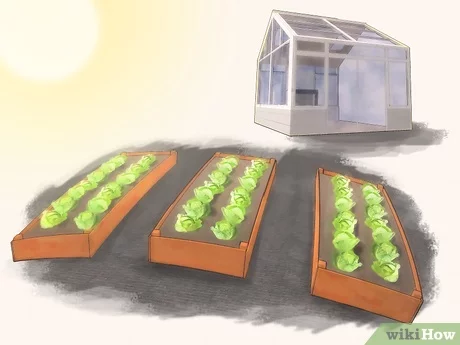
What is a seedbed and how is it made? There are many advantages of making a seedbed at home and making a subsequent transplant. Today we will see what are the types of seedbeds and the steps to make a homemade vegetable seedbed.
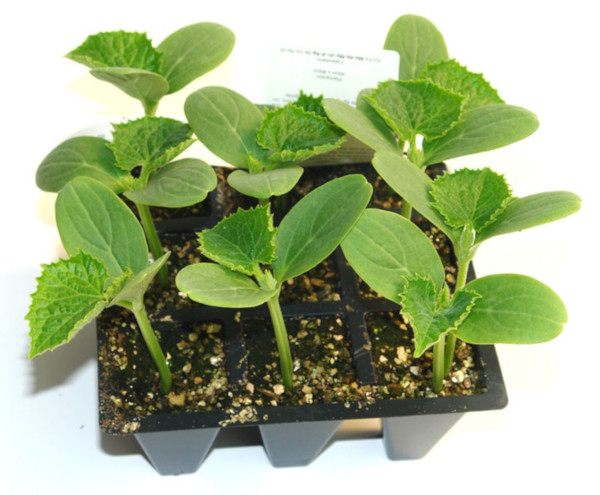
What is a seedbed and what is it for?
A seedbed is a container where the seeds of the plants are sown so that, once germinated and a little grown, they can be transplanted into the ground, in terraces, or in pots or other cultivation containers.
After proper planning of the garden (location, containers to plant, species to cultivate…), we can start the cultivation ourselves from the seed. Except in species such as garlic or potato (where it is not necessary to make a seedbed because they reproduce asexually from a part of the plant), it will be very beneficial to first obtain seedlings in seedbeds and then plant them in the garden.
Instead of preparing seedbeds, we can also acquire a plant with small seedlings or seedlings of seeds already germinated in a nursery or specialized store.

Buying the seedlings allows us to try many varieties of vegetables since it is easy to find many vegetables and aromatics on the market that are sold in containers. It is also more comfortable because it avoids the phase where the plant is most delicate and demanding: seed germination.
But the acquisition and transplantation of somewhat grown plants (seedlings) also has its disadvantages: in addition to being more expensive to buy seedlings, it may be more difficult to adapt to the definitive land where the plant will grow (it will adapt much better to the environment if it germinates and performs all its growth in the same place).
If we choose to germinate the seeds at home, there are two options: direct sowing in the field or previous sowing in a seedbed. If you decide on the second option, today we will see some tips and tricks to learn how to make a seedbed step by step.
When to prepare a seedbed and when to direct sow:
- Direct sowing: garlic, spinach, beans, beans, peas, corn, potato, radish, carrot.
- Sowing in nurseries: chard, celery, aubergine, cabbage, broccoli, cabbage, cauliflower, onion, escarole, lettuce, pepper, leek, beet, tomato.
Advantages of making a seedbed
- The temperature and humidity conditions are more controllable, so the percentage of germination increases (we save seeds).
- The cultivation time is reduced since the occupation time of the final container is less (and it can be used while that space).
- The seedling does not compete with others as it grows in a very small space and free of weeds.
- It helps the plant to compete with weeds because when it is transplanted it is already grown but the weeds have not yet started to germinate.
- Sudden changes or low temperatures affect seeds germinating in seedbeds less than directly in the soil.
Disadvantages of seedbeds
The drawback is that the roots of some plants are more sensitive and can be damaged in transplanting. Even so, we can make seedbeds with practically all vegetables if we put a little effort and care.
For example, cucurbits (zucchini, cucumber, watermelon…) and legumes (fava beans, peas…) are more delicate and must be transplanted with the root ball and taking care not to crumble it, while others such as onions, lettuce or Cabbages withstand transplanting very well – even bare root – and that is why they are traditionally first grown in nurseries. Only in some cases, such as carrots or radishes, is it not recommended to cultivate them beforehand in seedbeds because the transplant damages the root.
But the choice is in our hands and we can also carry out a direct seeding and save ourselves the creation of the seedbed and the time of transplanting, as long as the vegetable does not have demanding requirements of temperature and humidity for its sprouting, as is the case of the pumpkin, eggplant or tomato.
How to make a homemade seedbed step by step
What are the materials to make a seedbed and the steps to follow? What is the best soil or substrate for seedlings? Next we will see what are the steps to make a homemade seedbed.
1. Types of containers
We can buy a seedbed similar to these:
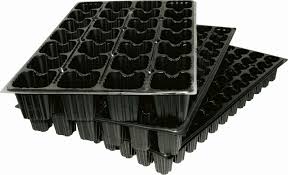
You can also use reused containers to make seedlings (such as yogurt containers, egg cartons, trays, lunch boxes…). If you use this type of container, do not forget to make some holes at the base of the seedbeds to promote drainage and prevent the seed from rotting.
There are also new containers made of biodegradable materials that avoid transplanting as they are also planted in the ground together with the seedling. This is the case of peat seedbeds and jiffys.
2. Soil or substrate for seedlings
As in culture containers, it is important to put a drainage layer at the bottom of the seedbed (sand, clay balls…), on which the substrate for seedbeds will be placed.
As a substrate, we can use the same one with which we are going to fill the containers of our garden, although it should be sifted -to eliminate large particles that hinder germination- and add organic matter (compost, peat or root biostimulants).

We can also use sand or perlite mixed in equal parts with organic matter (compost, peat, vermicompost…), or buy a special substrate for seedbeds.
The most important thing is that the substrate of the seedbed maintains adequate humidity, since newly germinated plants are very sensitive to lack of water, so we must incorporate it moist and not let it dry out completely (although avoiding waterlogging).
3. Seeds and planting depth
The depth to which they should be buried is approximately twice the size of the seed:
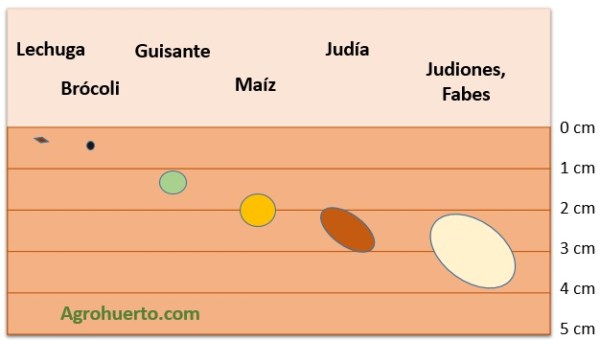
We will sow as many seeds as plants we want to grow in our garden, plus a 10-15% surplus because there is always one that does not germinate.
4. Irrigation and germination of seeds in the nurseries
Once the seed has been buried and the substrate has been compacted a little, a plantation irrigation will be carried out very carefully (preferably with a sprayer so that the seeds do not sink), which is very important for the proper development of our plants, and it will continue to be watered in this way. mode to maintain the humidity of the seedbed.
If necessary, and the temperature drops too low at night, store the seedlings indoors or sheltered so that the temperature does not negatively affect germination.
Once the seed germinates, about a week later (except for a few plants like celery and parsley, which take longer), put the plants in a place with lots of light so they can develop properly.
5. Transplantation of seedlings to the definitive land
Transplanting from the seedbeds should be done when there is no risk of frost and the height of the plant exceeds that of the container (about 8-10 cm).
After making some planting holes in the substrate, we will carefully remove each seedling from the seedbed, introduce them into the holes, fill the holes with soil and water them.
If you found the post on how to make a seedbed useful, don’t forget to rate it with the stars below and share our Agrohuerto page on Facebook and Twitter. Help the Agrohuerto Community grow so that we are more and more and can help each other in our task of cultivating!
References
- Fernández Cuevas, A., 1968. Seedbeds. Agrarian Training Publications, Disclosure Sheets, nº 7-68-H. Ministry of Agriculture of Spain.
- Molina Acosta, E., 2002. Seedbeds: recommendations for their preparation and phytosanitary management in bulb onions and other vegetables. Publication of the Colombian Agricultural Institute (ICA). Ministry of Agriculture and Rural Development, Bogotá (Colombia).
- Ramoa, MV, 2013. Seedling Production. Voices and Echoes, nº 30, pag. 53-55. Ed. National Institute of Agricultural Technology (INTA). Argentinian republic.

![Photo of Pumpkin Pruning: [Dates and Ways to Do It]](https://www.complete-gardening.com/wp-content/uploads/2021/06/calabaza_1583875139-390x220.jpg)
![Photo of Plant Bird’s Nest: [Planting, Care, Irrigation and Substrate]](https://www.complete-gardening.com/wp-content/uploads/2022/08/plant-birds-nest-planting-care-irrigation-and-substrate-390x220.jpg)
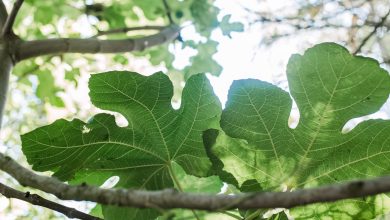
![Photo of Orange Tree Diseases: [Characteristics, Types, Detection and Treatment]](https://www.complete-gardening.com/wp-content/uploads/2021/06/51qtDPtMyML-390x220.jpg)